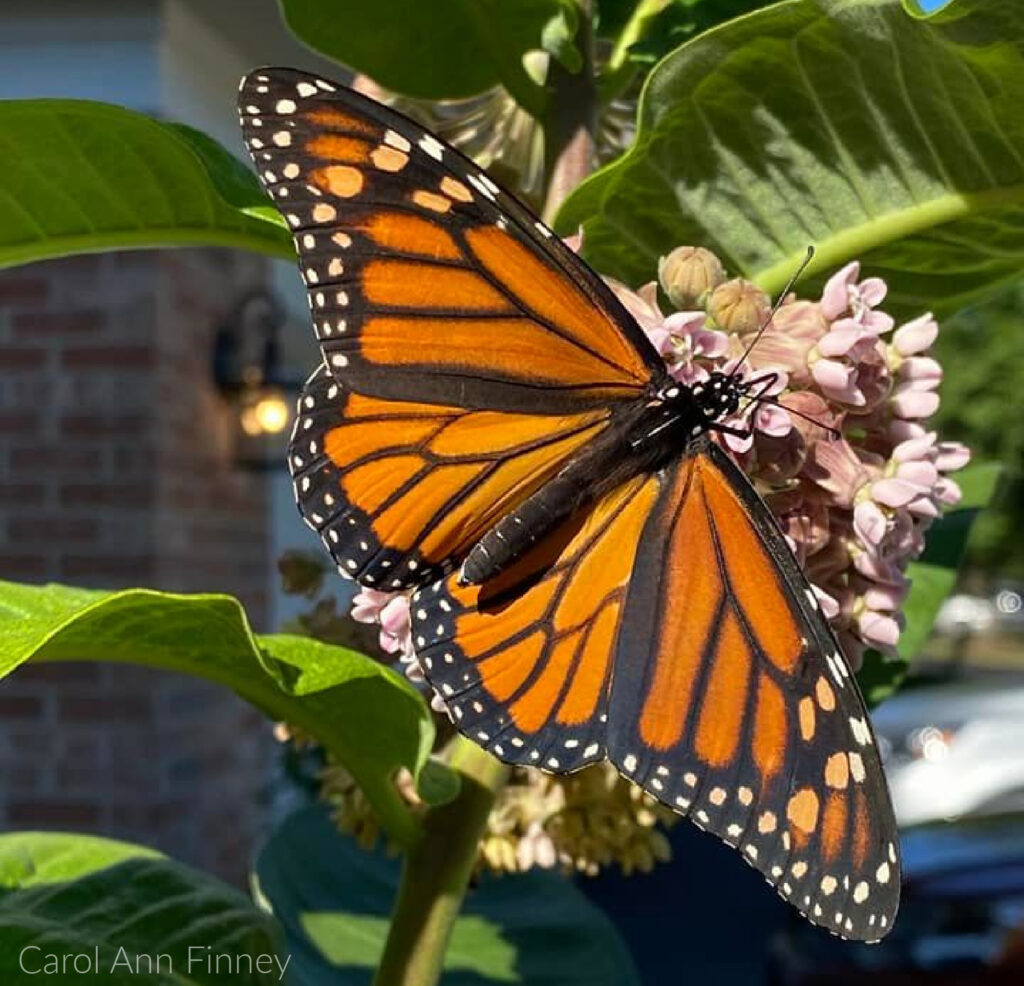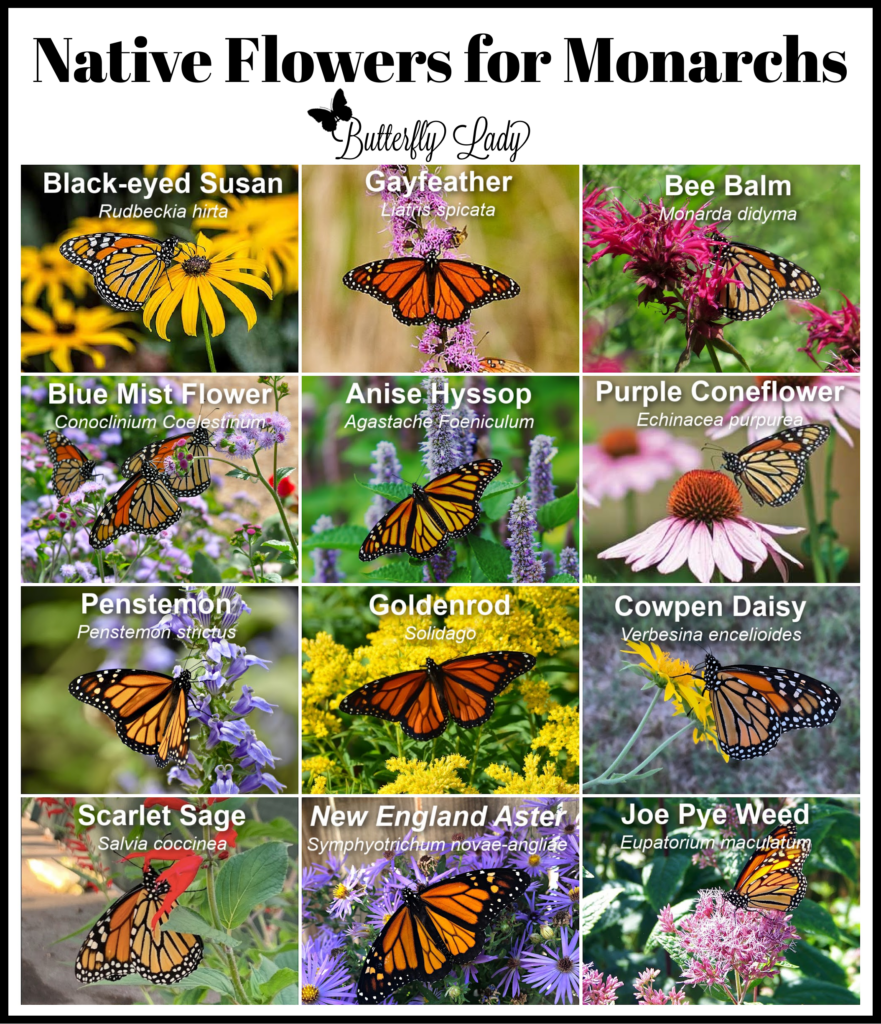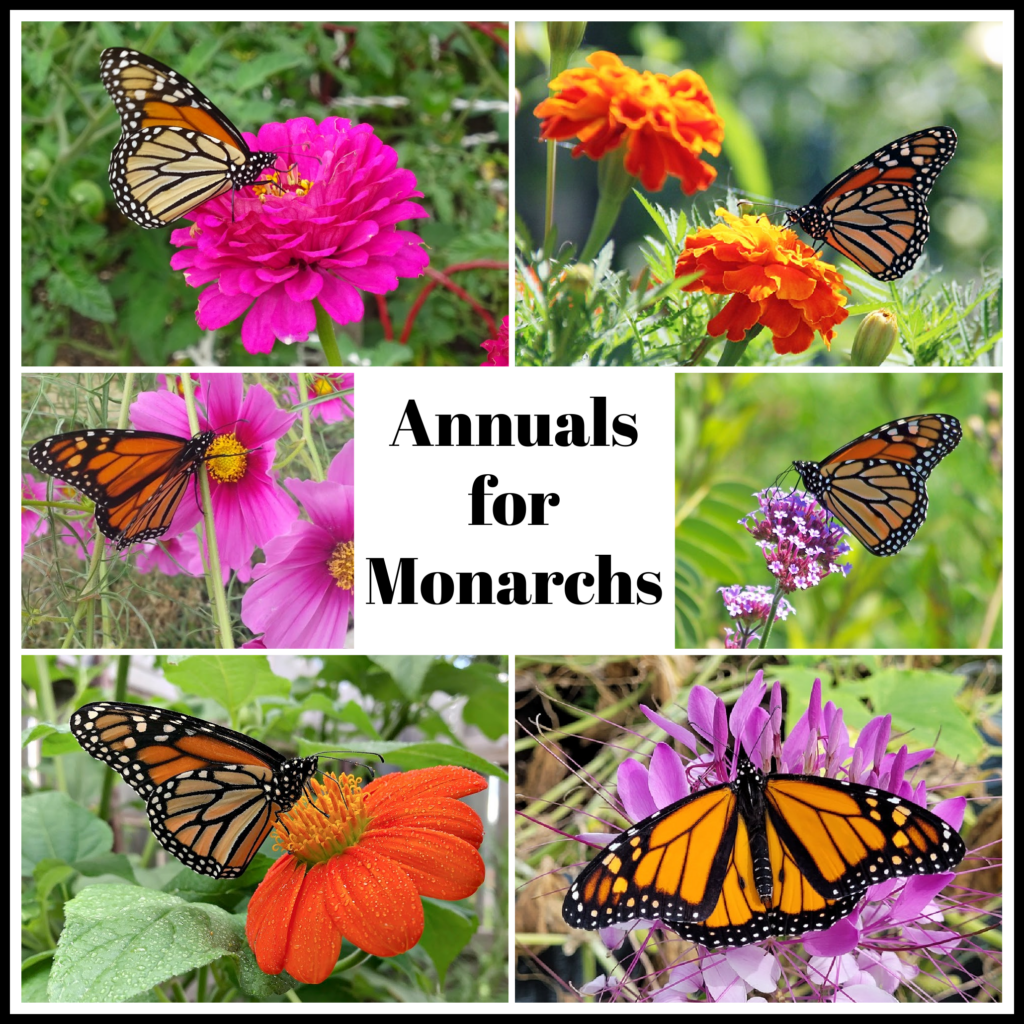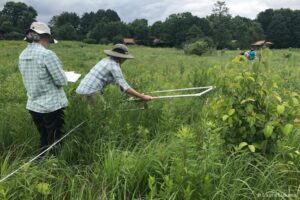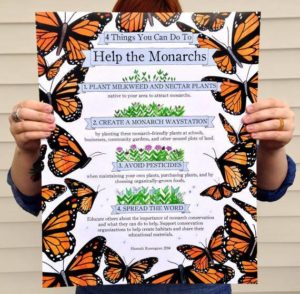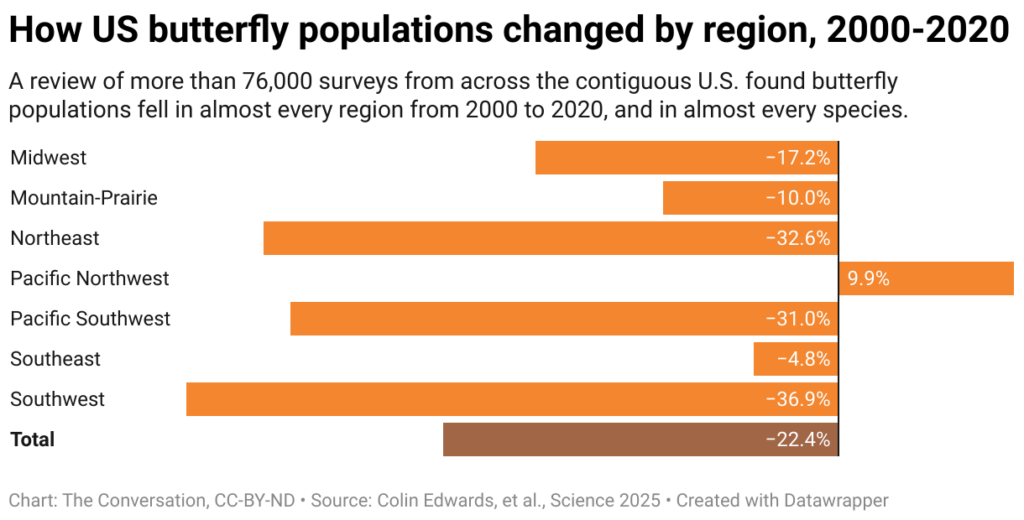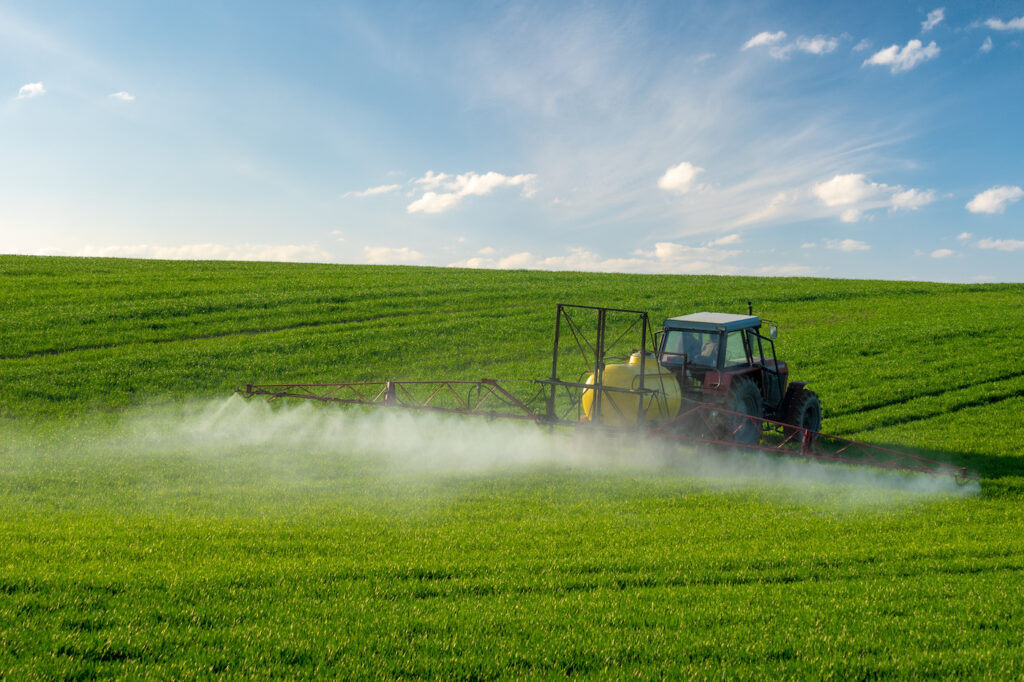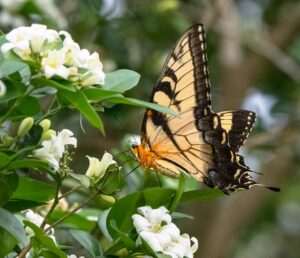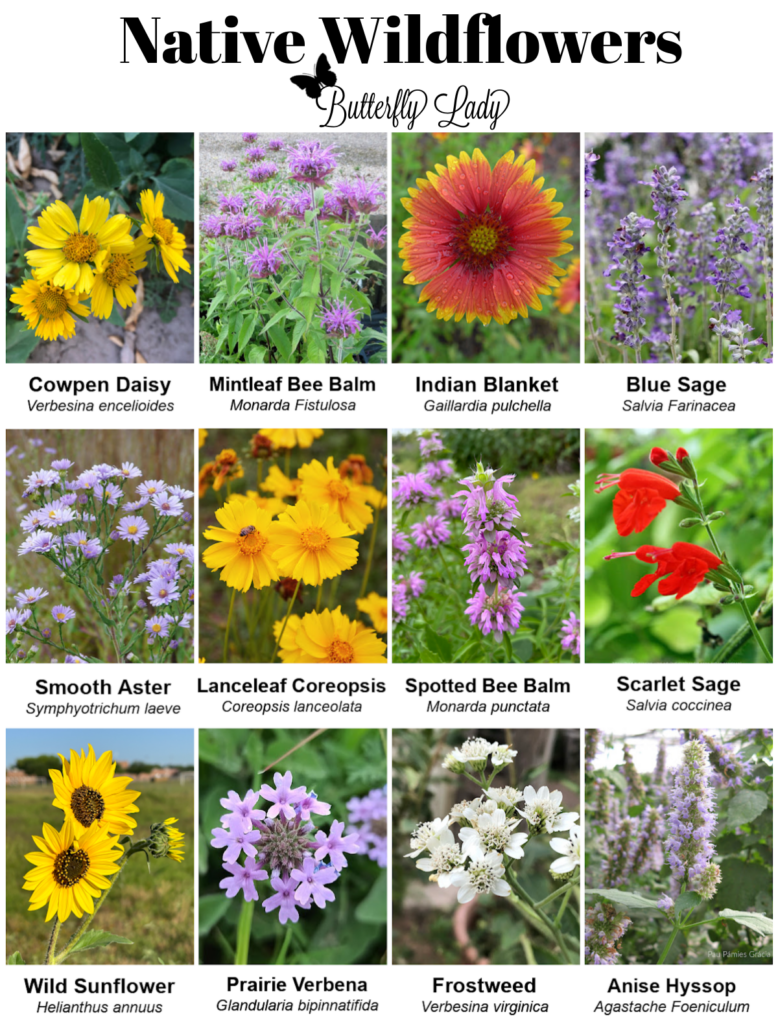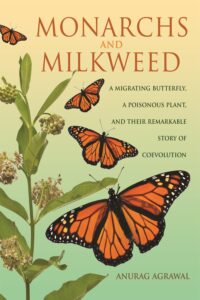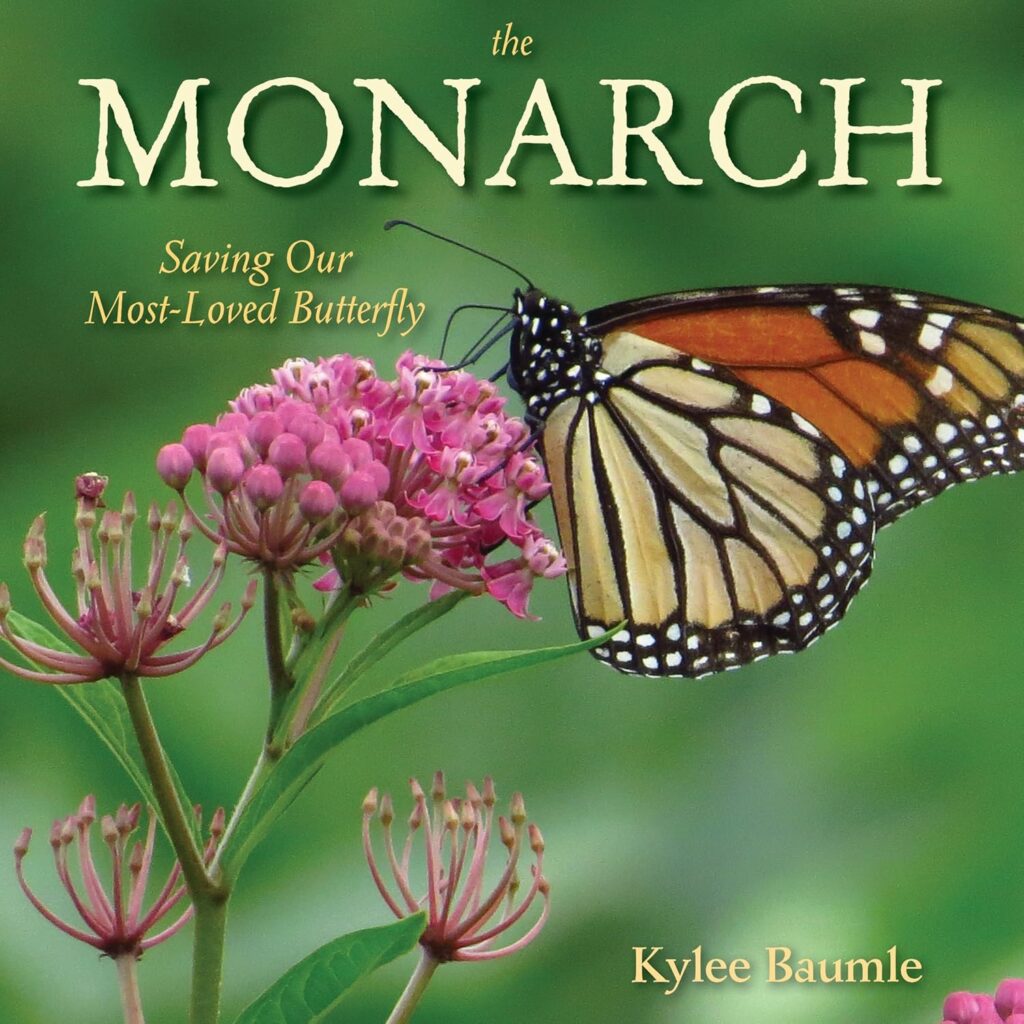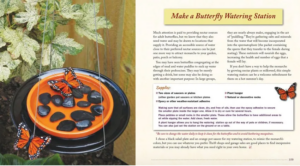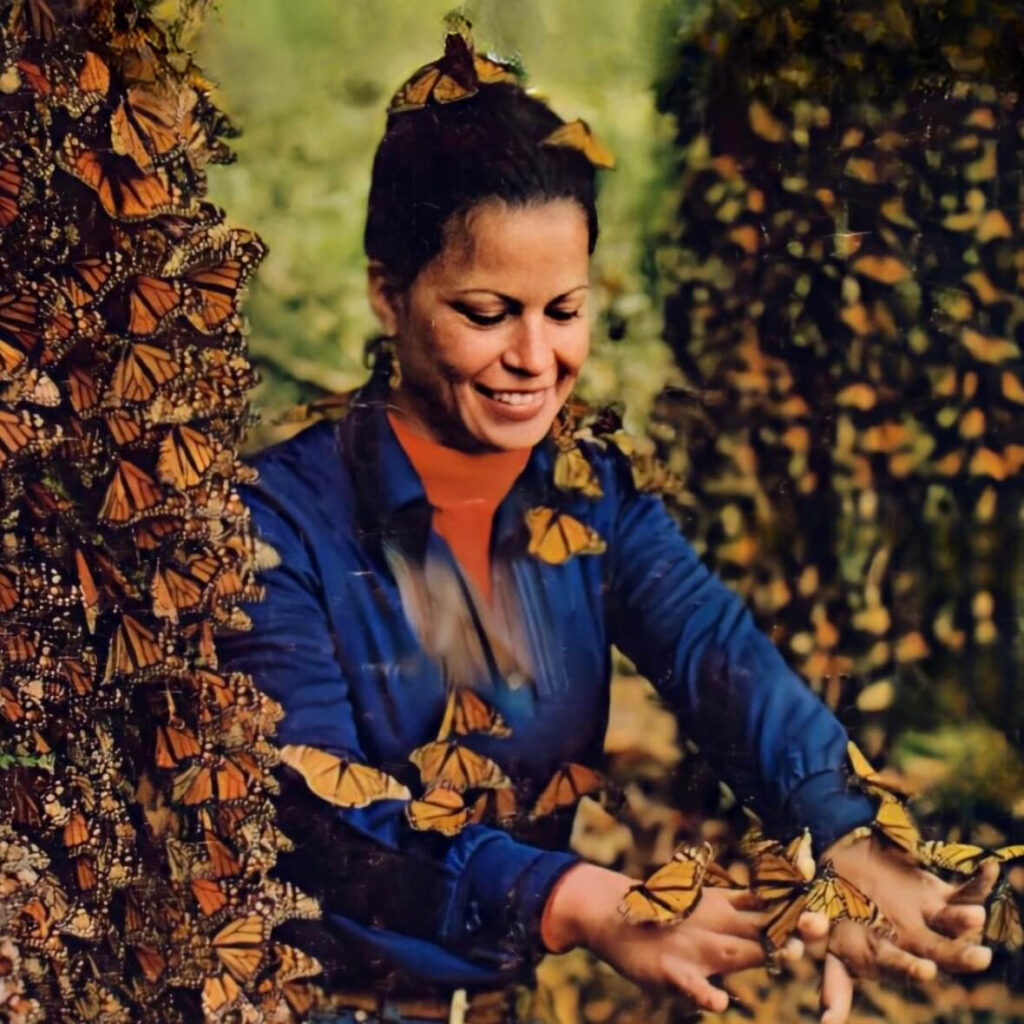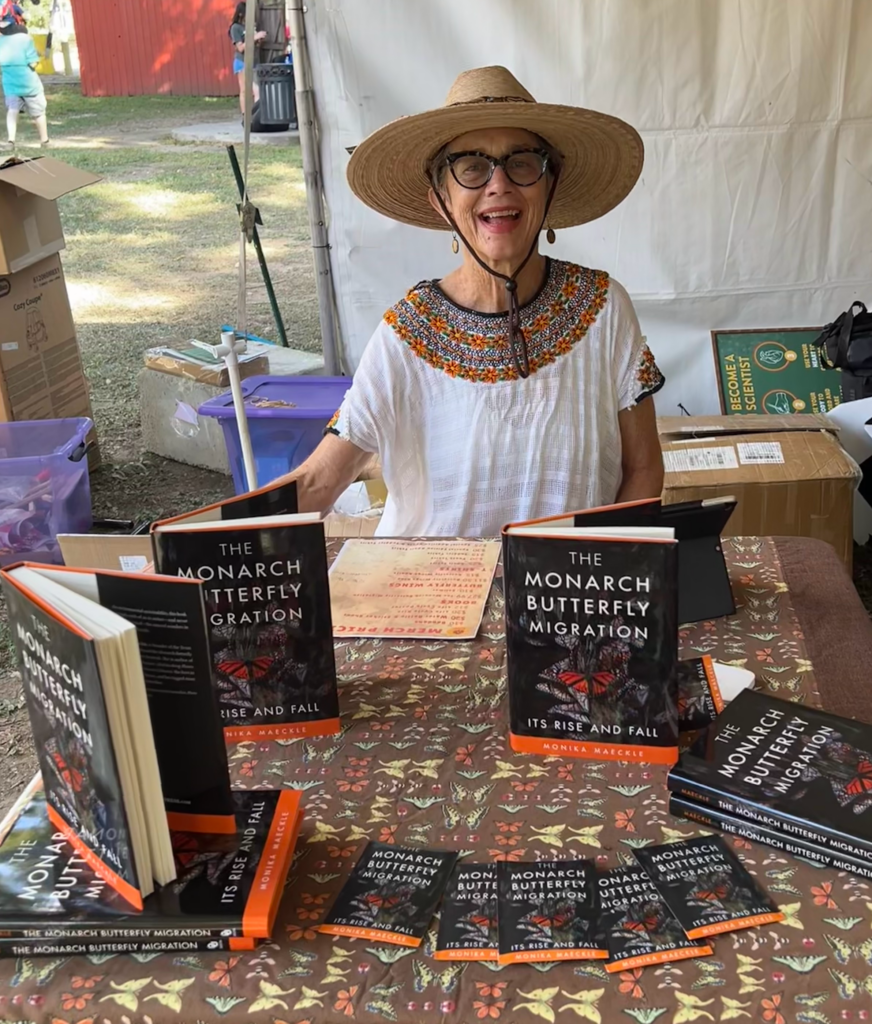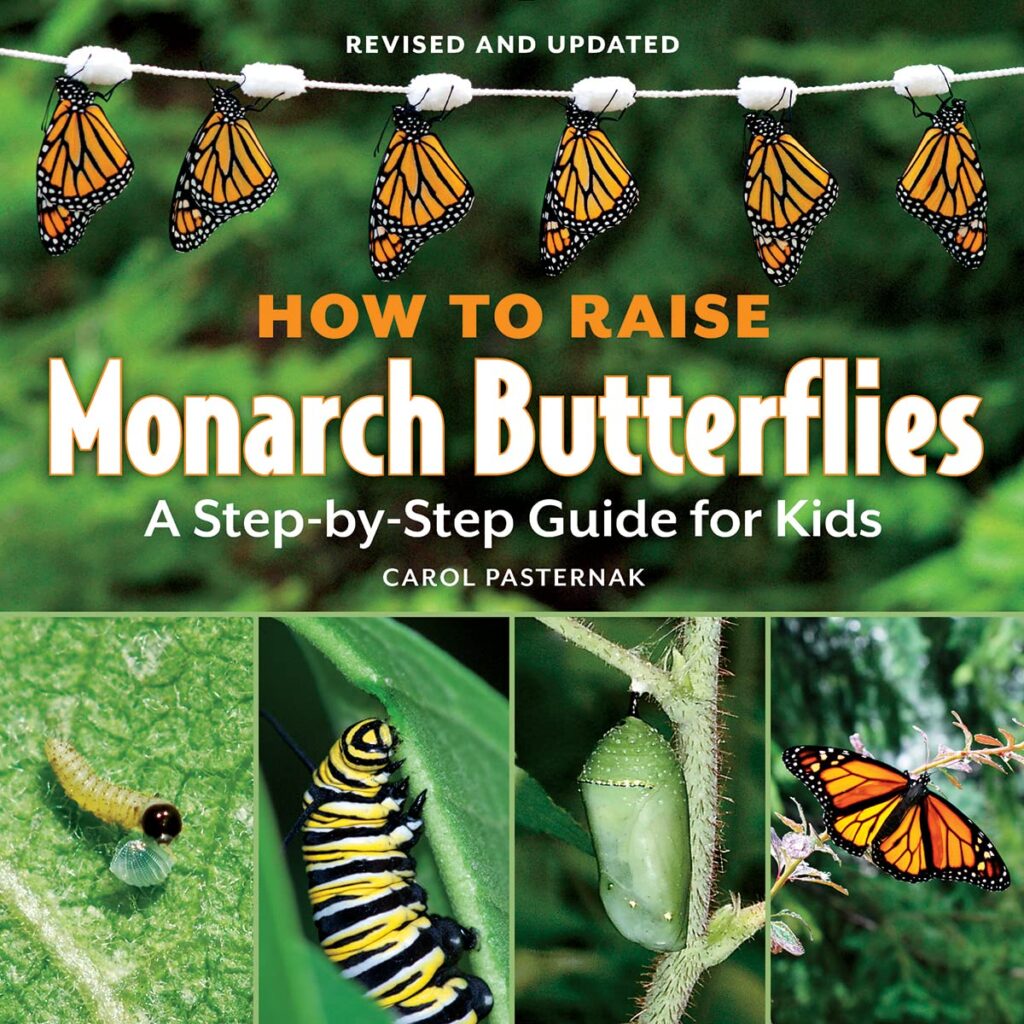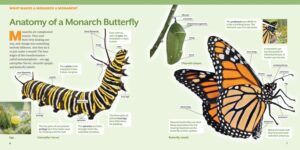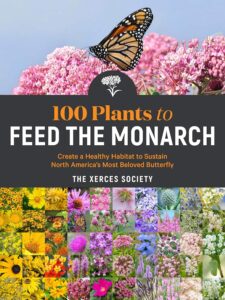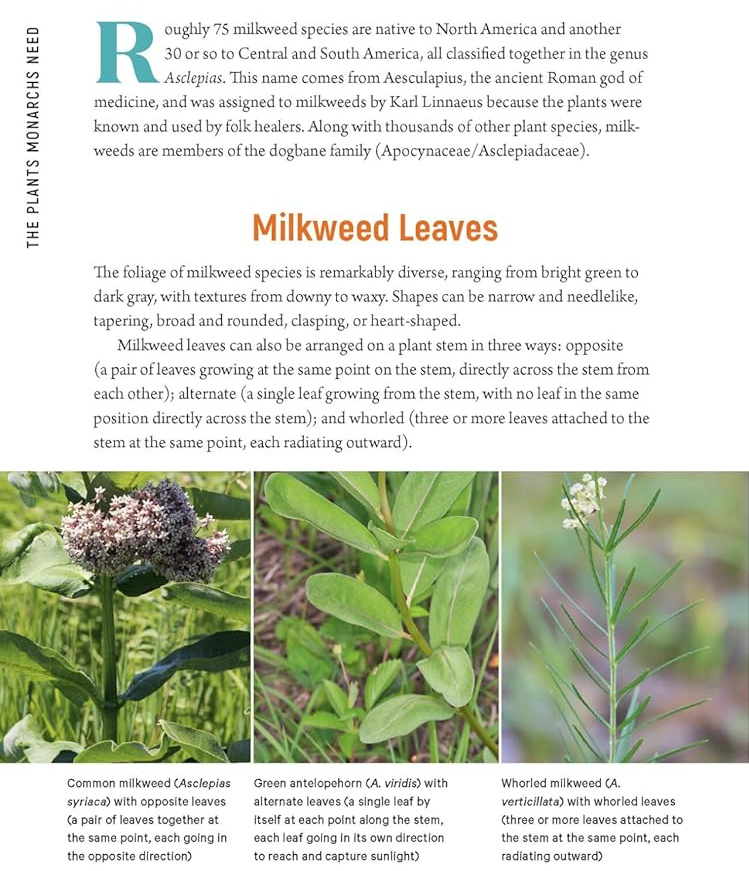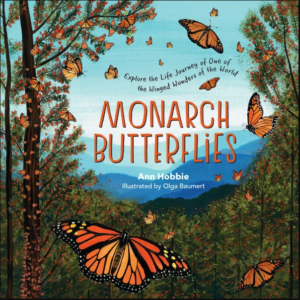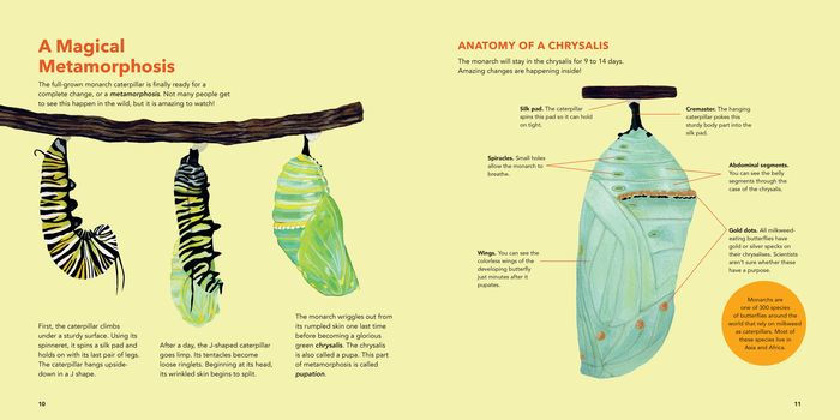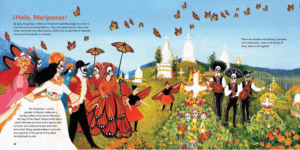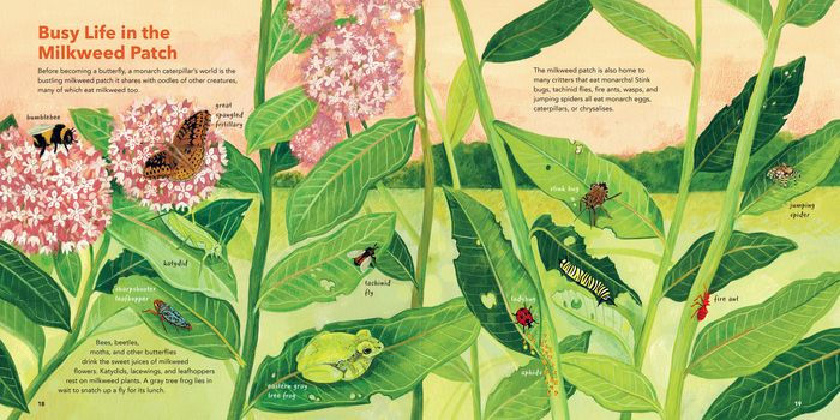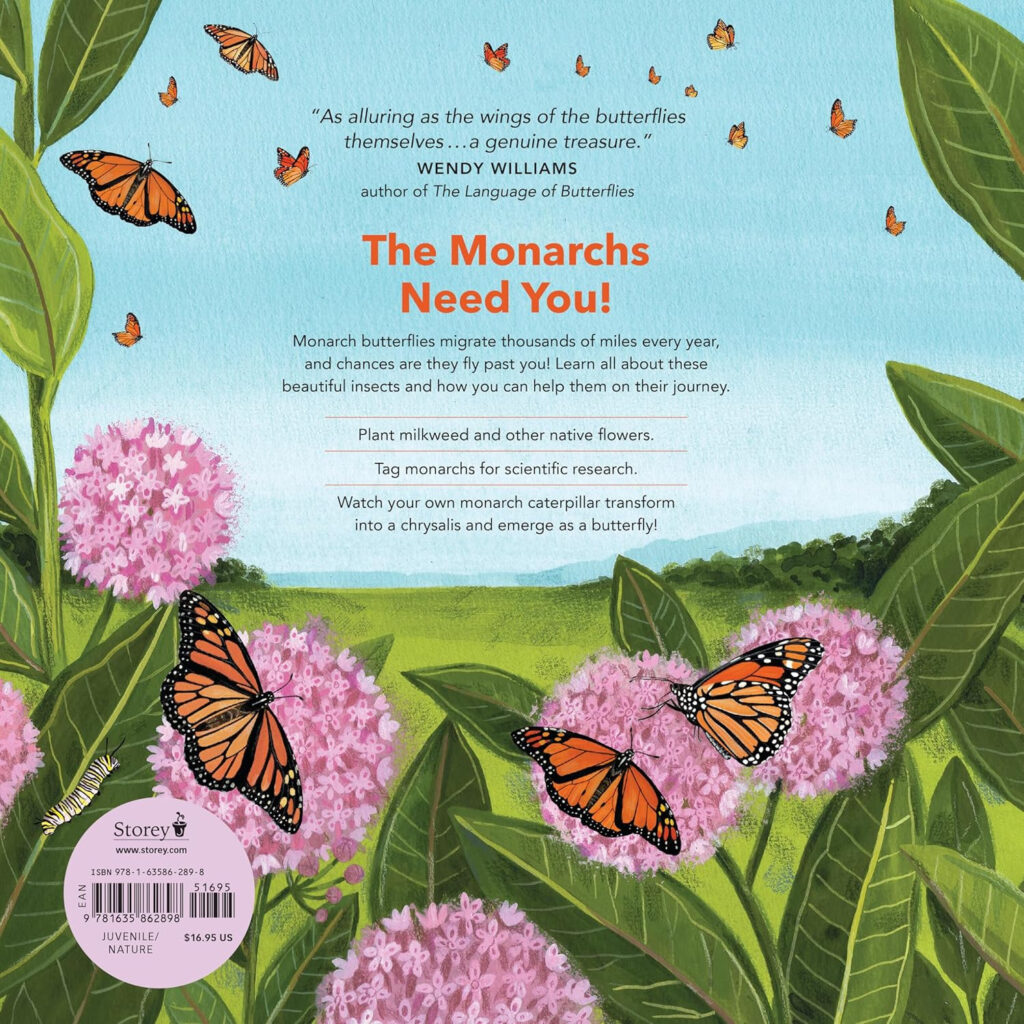The viceroy butterfly (Limenitis archippus) is a marvel of evolutionary adaptation, renowned for its striking resemblance to the more famous monarch butterfly (Danaus plexippus). But beneath its deceptive appearance lies a story of survival, mimicry, and ecological significance.
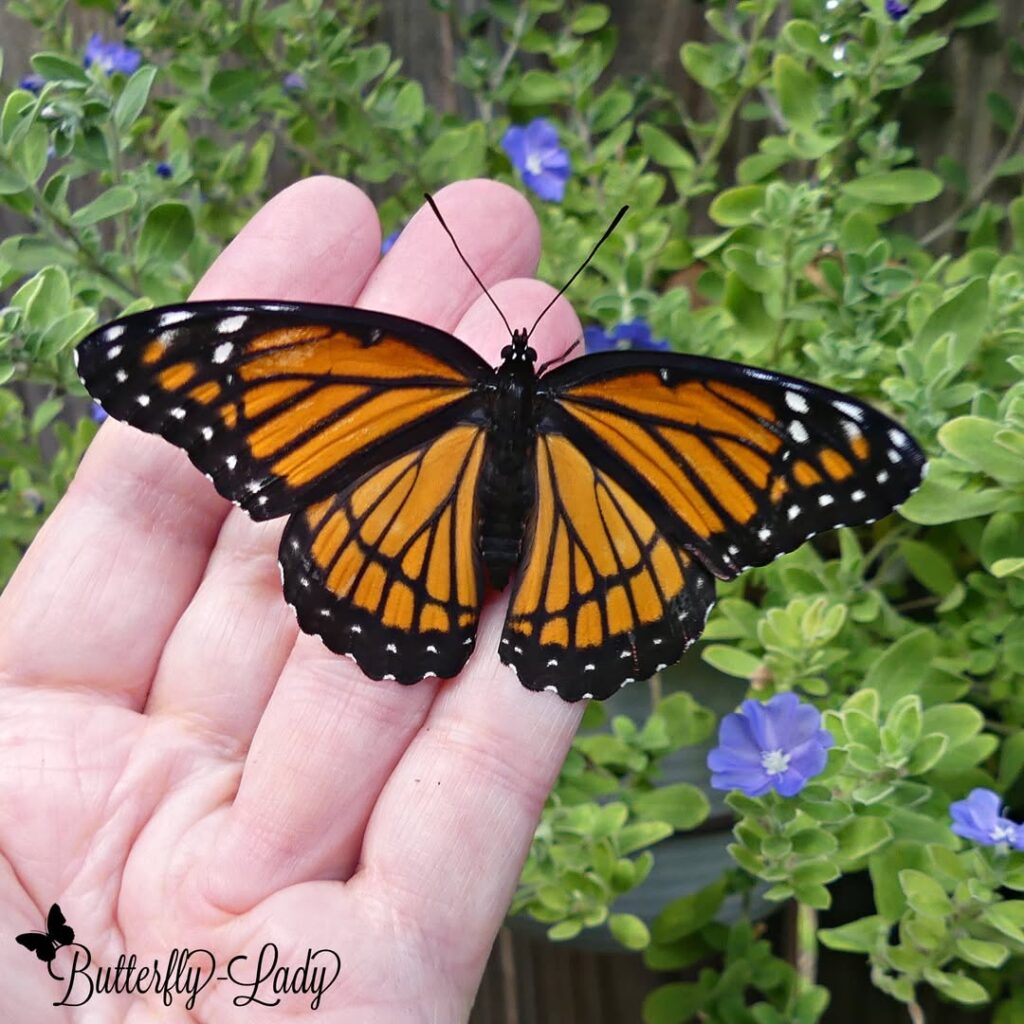
At first glance, the viceroy is nearly indistinguishable from a monarch. The main distinguishing feature is a horizontal black band across its hind wings, absent in monarchs. Additionally, viceroys tend to be smaller and have a more fluttery flight pattern compared to the majestic, soaring glide of monarchs.
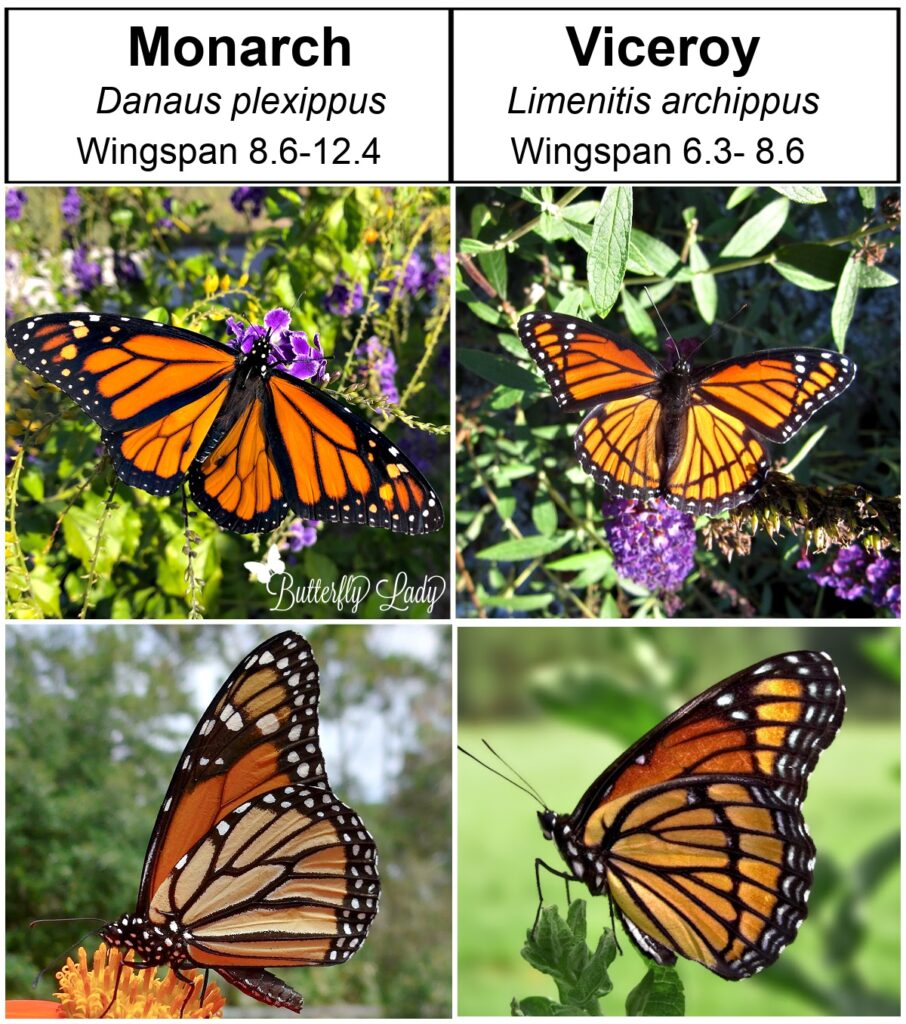
A Case of Müllerian Mimicry
While monarchs are toxic due to the milkweed they consume as caterpillars, viceroys were once thought to practice Batesian mimicry—appearing similar but lacking chemical defenses. However, studies have revealed that viceroys are just as unpalatable to predators, making this a case of Müllerian mimicry, where both species benefit from their shared warning signals.
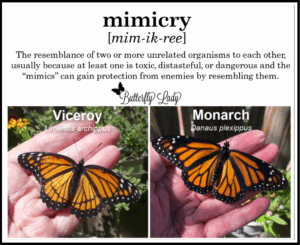
Habitat and Range
Viceroys are widely distributed across North America, favoring wetlands, lakeshores, and damp areas where willows and poplars—essential host plants for their caterpillars—thrive. Unlike monarchs, viceroys do not migrate long distances but remain within their local ecosystems year-round, overwintering as caterpillars wrapped in leaves.
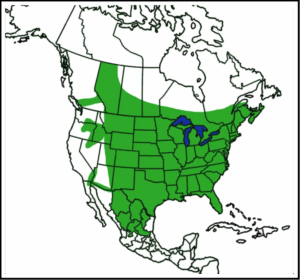
Lifecycle
Stage 1: Egg
Female viceroys lay their eggs on the leaves of willow, poplar, or cottonwood trees—plants essential for their caterpillars’ development. The eggs are tiny, round, and pale greenish-yellow, typically placed on the tips of leaves to minimize predation. Within a few days to a week, the eggs hatch into caterpillars.
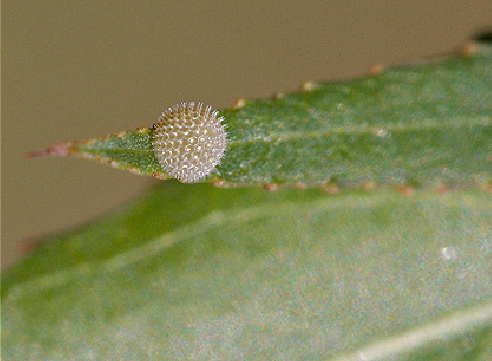
Stage 2: Larva (Caterpillar)
Newly hatched viceroy caterpillars are small and resemble bird droppings—an incredible form of disguise that deters predators. As they grow, they develop a spiny, mottled brown-and-white appearance, helping them blend in with their host plant.
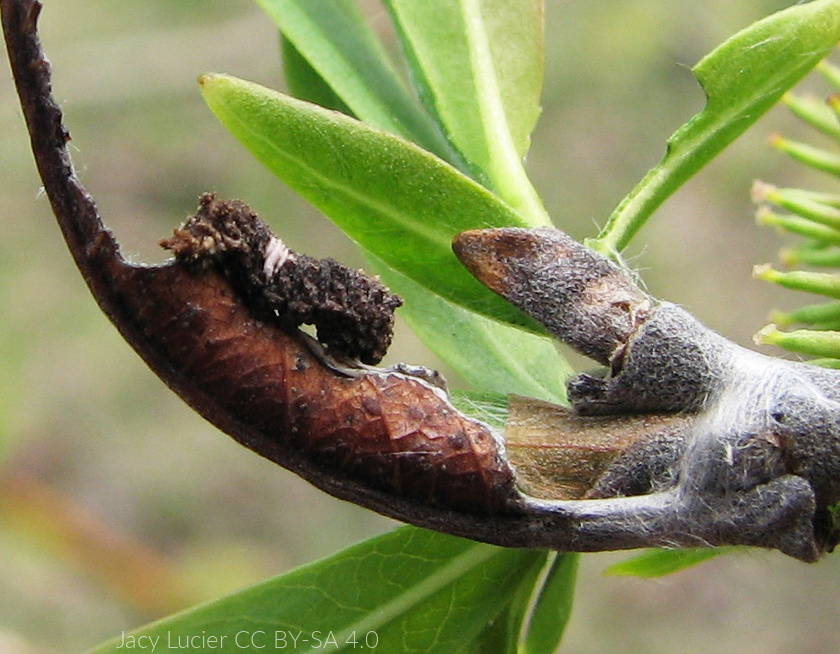
The caterpillar undergoes multiple molts as it feeds on leaves, growing larger before preparing for pupation. However, if winter is approaching, the caterpillar enters diapause, a dormant state, by rolling itself inside a leaf and securing it with silk. This protective structure allows it to survive freezing temperatures until warmer conditions return.
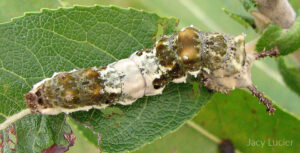
Stage 3: Pupa (Chrysalis)
In spring, the overwintered caterpillar resumes feeding for a short time before forming a chrysalis. The pupa is well-camouflaged, resembling a dried leaf, further protecting it from predators. Inside the chrysalis, the caterpillar undergoes an incredible transformation, reorganizing its body into a winged butterfly.

Stage 4: Adult Butterfly
After about 10–14 days, the adult viceroy butterfly emerges. Initially, its wings are soft and crumpled, but within hours, they expand and harden. The adult immediately begins its search for nectar-rich flowers, mates, and suitable host plants to lay eggs.
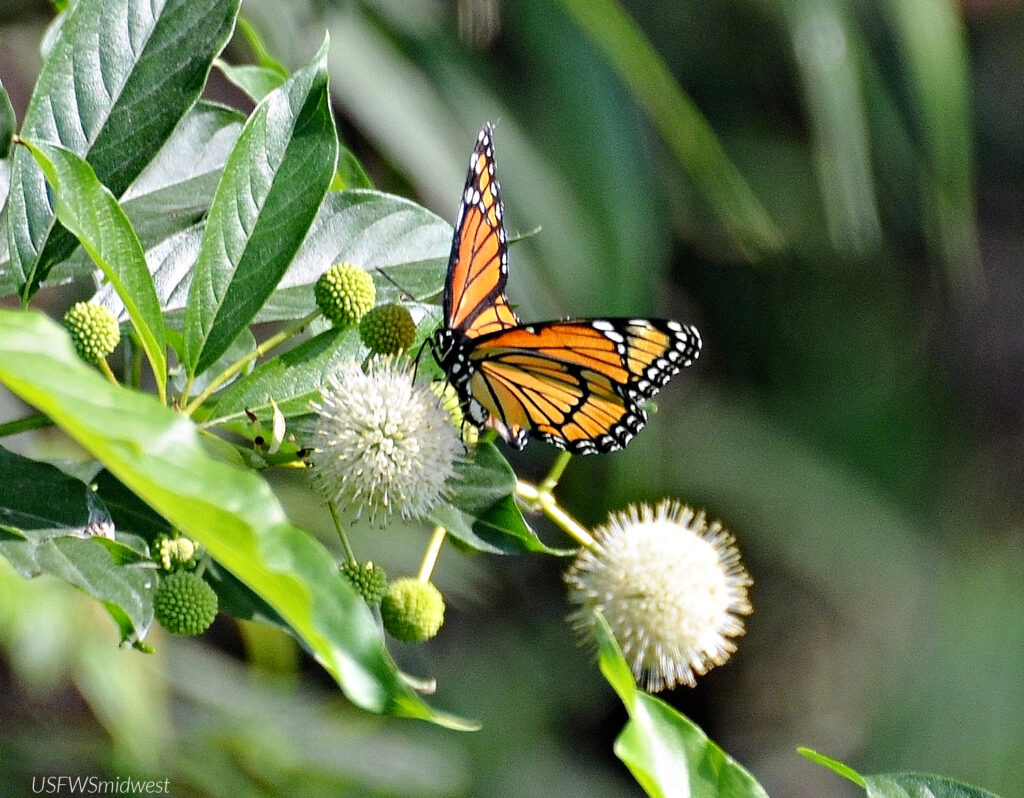
As adults, viceroys primarily feed on nectar from various flowering plants, including milkweed, asters, and goldenrod. They are also known to sip moisture and minerals from damp soil and animal feces, a behavior called “puddling,” which helps them obtain essential nutrients for reproduction.
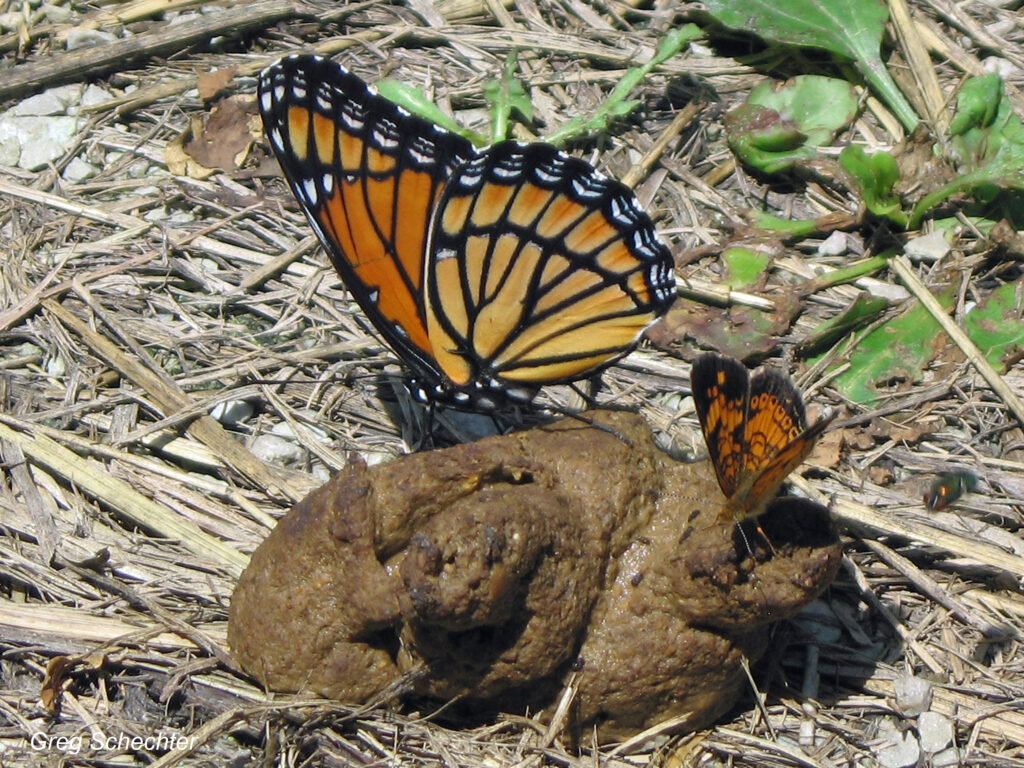
The viceroy butterfly relies on plants in the willow family (Salicaceae) as host plants for its caterpillars. Some key species include:
Willows (Salix spp.)– A primary host, providing both food and shelter.
Cottonwoods (Populus spp.) – Another essential larval food source.
Aspens (Populus tremuloides) – Supports caterpillar development.
Poplar (Populus spp.) – Also used as host plants.
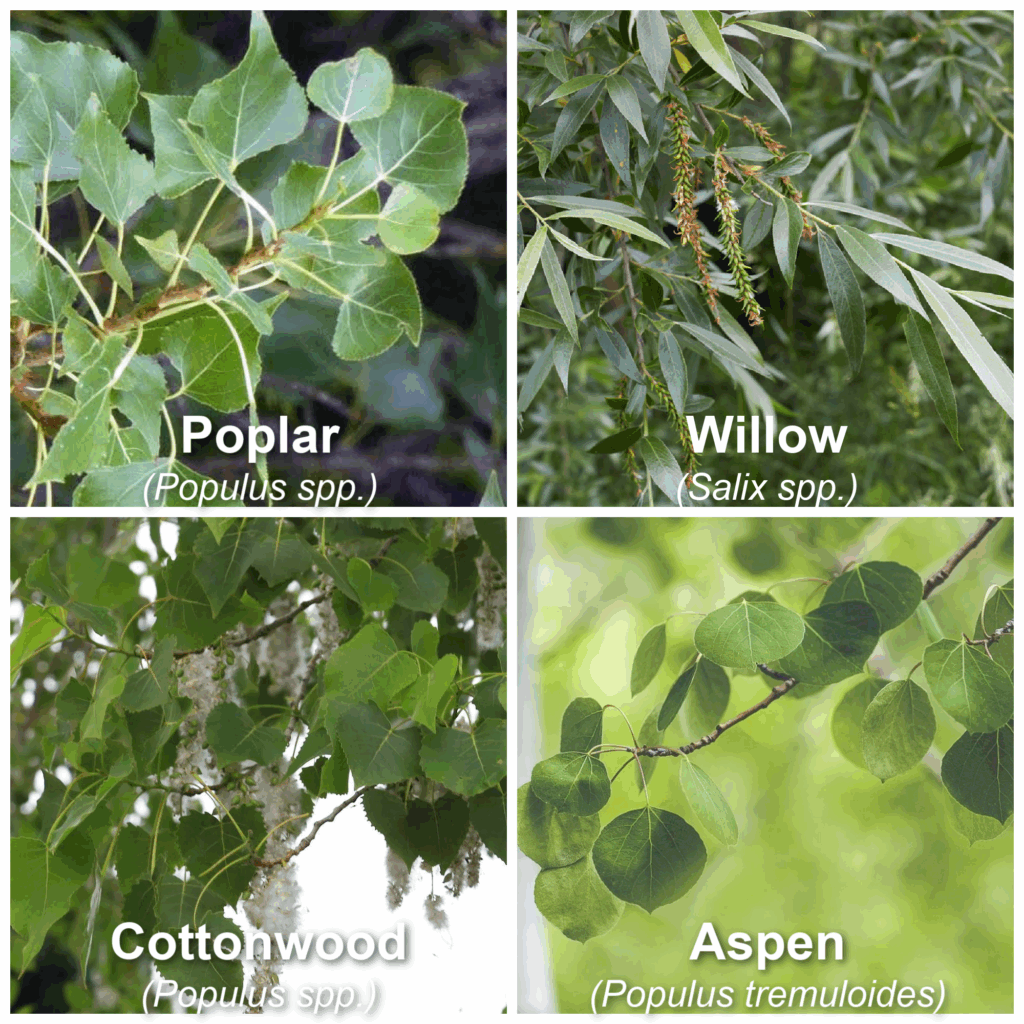
Conclusion
The viceroy butterfly stands as a testament to the intricate strategies of survival in the natural world. While often overshadowed by its monarch counterpart, its role in mimicry science and ecological balance deserves equal admiration. Whether fluttering through a summer meadow or perched delicately on a wildflower, the viceroy embodies nature’s brilliance in adaptation.

